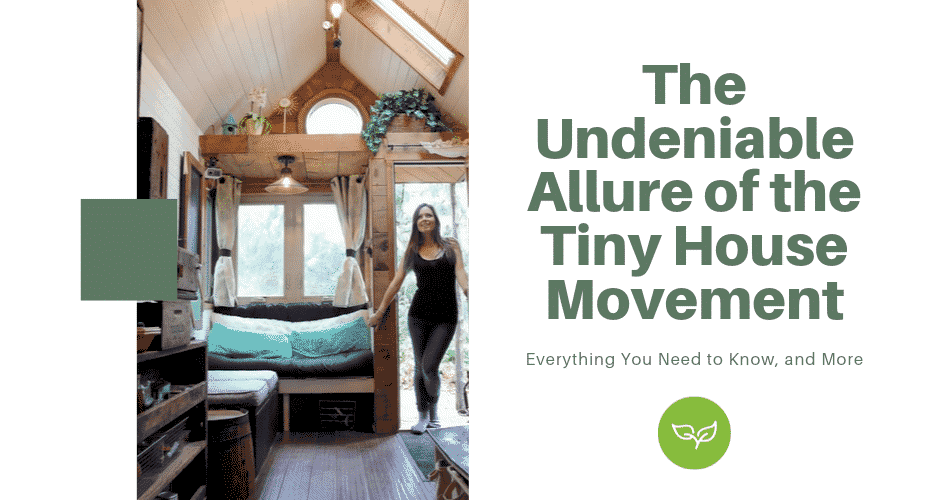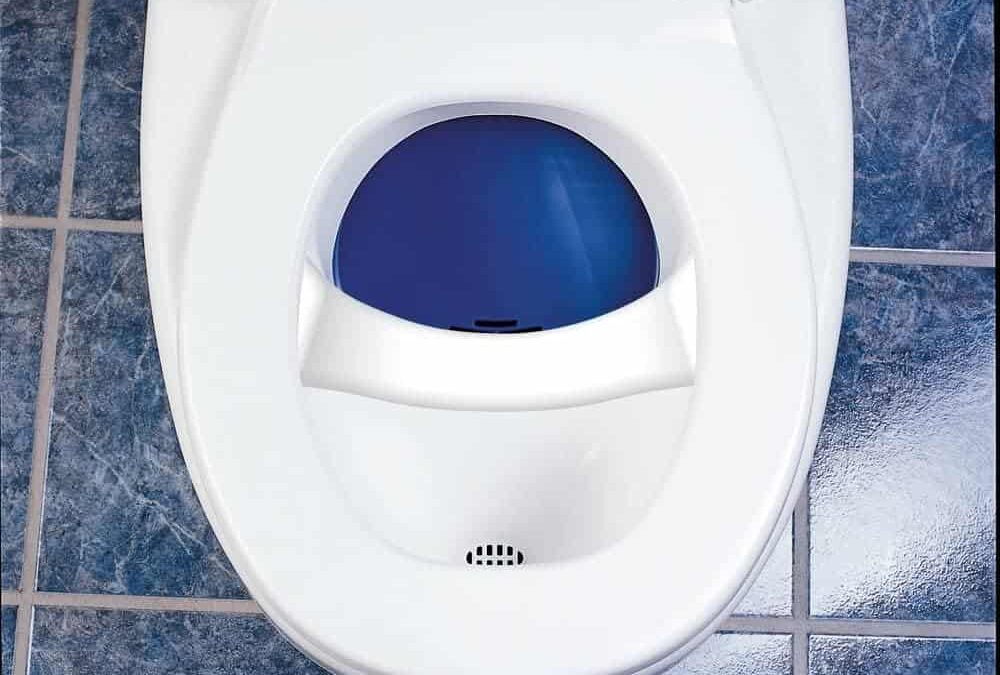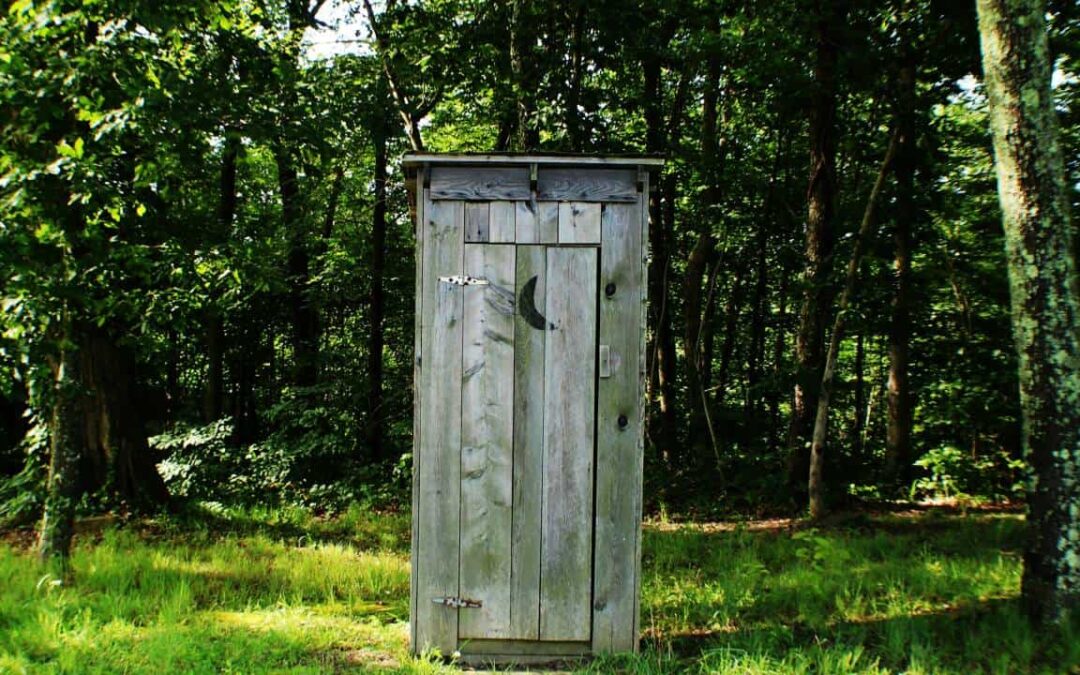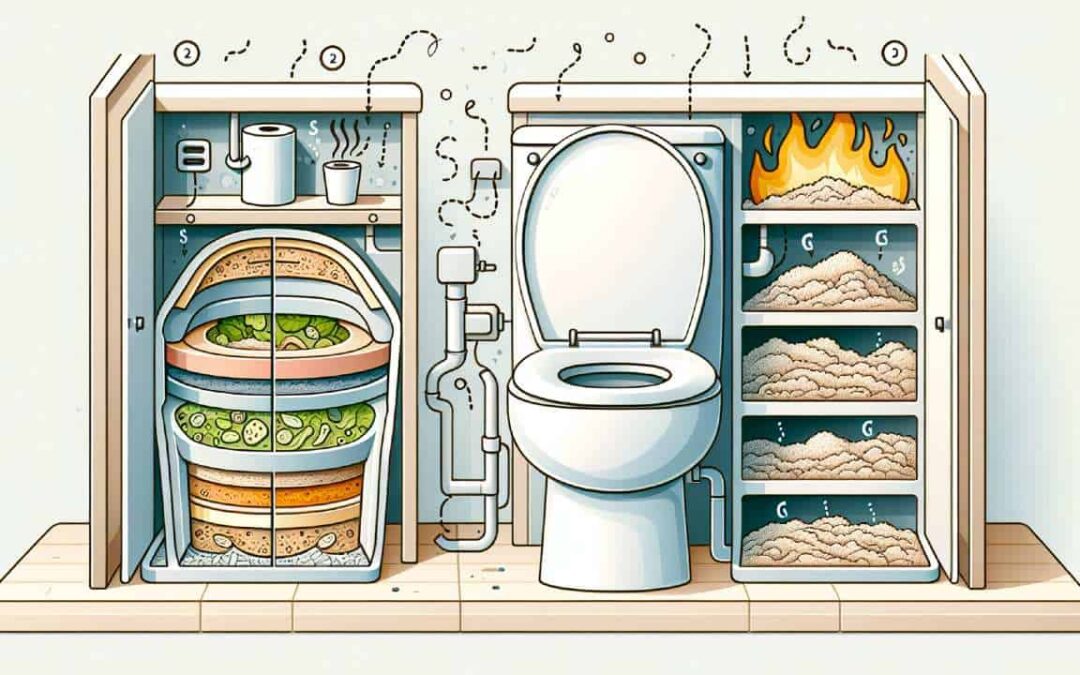According to the US Census Bureau, the average size of a home in 1973 was 1,660 square feet. By 2015 average home size had increased to 2,687.
Yet during the same time frame, average family size went from 3.0 persons down to 2.5 persons.
What does that tell us?
Today’s society is busy accumulating stuff. Consequently, marketing experts have capitalized on “bigger is better.”
Go into any fast food restaurant and you can see the results. Everywhere we go we are encouraged to buy, buy, buy.
So how do we combat that commercial mentality?
Thankfully, one movement is doing just that…
Tiny house residents report that tiny houses allow them to declutter their lives and to make important decisions that affect the environment, their finances and allow them to live a more sustainable life.
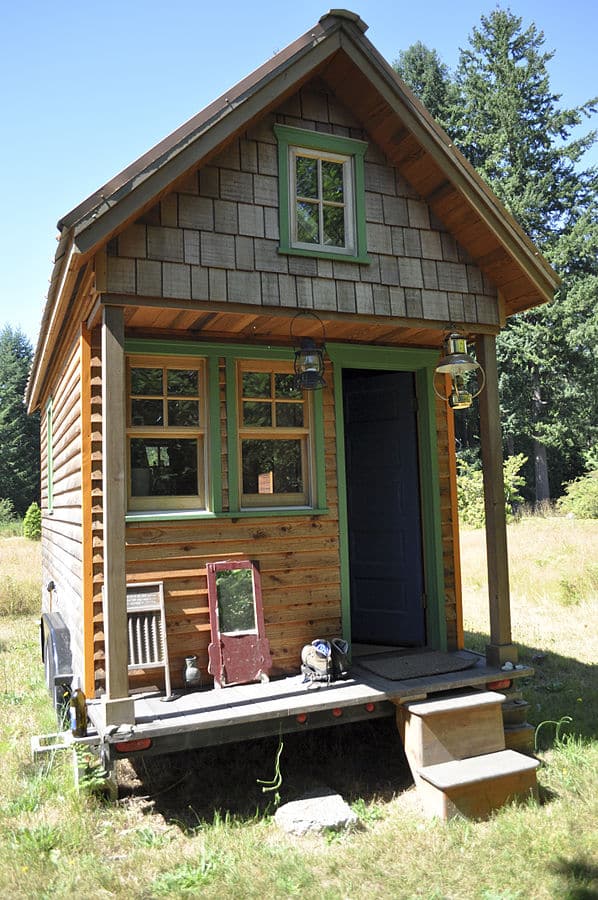
What Is The Tiny House Movement?
The Tiny House Movement is both an architectural and social movement that embraces the concept of minimalism, specifically living a simpler life in a smaller space. The movement has been inspired by a large group of people who have determined that decreasing their expenses by living in a smaller home with less stuff, frees up their time and improves their happiness.When Did The Tiny House Movement Begin?
Foundations For The Tiny House Movement
Foundations were laid for the tiny house movement in the 1970s with the ‘back to the land’ movement. During this time, people embraced a simpler lifestyle by moving to rural areas and becoming more self-sufficient.
They embraced environmental responsibility by raising organic agriculture and living off-grid. Many of the books written during this time included information on building small cabins, tree houses, and yurts.
In the 1990’s, it became popular with architects to design spaces that were smaller with lots of multi-functional furniture and storage space.
Sarah Susanka wrote a series of design books called The Not So Big House. Her work showed that smaller houses could be attractive and functional.
The 1990s also saw the beginning of regulations regarding tiny houses. Oregon became the first state to allow Accessible Dwelling Units (ADU’s) on personal property. They continued to lead the march by also encouraging the building of tiny houses with financial incentives.
The Early Years Of The Small House Movement
The early years of the tiny house movement were motivated by the economic recession starting in 2007. In 2009, the United States experienced a downward spiral in the housing market crash and many people lost their homes to foreclosure.
People simply could not afford their sprawling suburban homes and were seeking a less expensive living arrangement.
Many of these people wrote blogs about tiny homes, gave interviews and encouraged others to follow in their path. The tiny house movement gained momentum as others sought the benefits of living a bigger life in a tiny house.
Downscaling and reevaluating living needs became the focus. Jay Schafer, one of the leaders of the tiny house movement, began national speaking tours and was hosted on the Oprah Winfrey show (see below). This led to mainstream recognition.
Continued Progress
Many thought that when the economy improved, that tiny house goers would go back to a suburban lifestyle. However, that did not happen, and as the economy improved, the tiny house movement continued to grow.
And google searches show just that. According to Google search results, there are more google searches for “tiny homes” than ever before!

Interest Over Time
Still popular with people seeking an inexpensive lifestyle, the movement has grown to include people seeking a better lifestyle through minimalism. The tiny house movement has become a new way of life.
In 2014, the FYI channel launched the first TV show featuring life in tiny houses called “Tiny House Nation.” In 2018, there were an estimated 99 “established” builders of tiny houses. Many of them, such as Tumbleweed, Minarc, and Wind River, now have national name recognition.
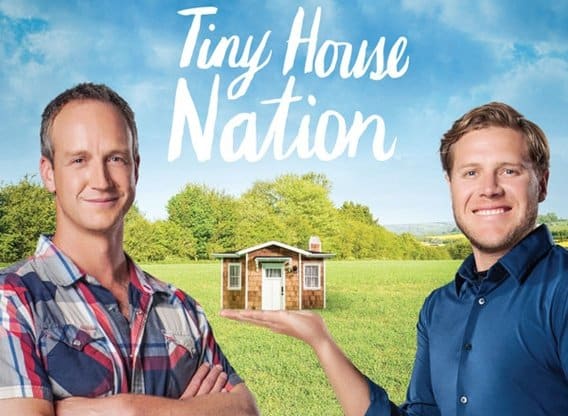
Tiny Houses & Freedom
Too many people chase the old American “dream” that emphasizes getting more and more stuff, thinking it will bring happiness and freedom.
The result…
Nothing could be farther from the truth, and more people are in debt than ever before.
In the second quarter of 2019, Americans’ mortgage balances set a record for mortgage debt when balances totaled $9.4 trillion, surpassing the recent $9.3 trillion peak set in the 3rd quarter of 2008 (according to Market Watch).
This is where the beauty of tiny homes come in…
A tiny house offers many freedoms, and many people seize the philosophy of the movement by emphasizing the freedoms it gives them.
Freedom from debt, freedom from a mortgage and freedom from being tied to a lifestyle that connects us with buying unnecessarily.
Freedoms that reward us with personal value have taken precedence. Things such as spending time with family and friends, volunteering for a local charity and making time to explore one’s interests.
Many people in the tiny house movement refer to this as having a “bigger” life.
The tiny house movement brings together people who realize that stuff is not what makes them happy. Happiness comes from a lifestyle that helps you to connect with others in a meaningful way.
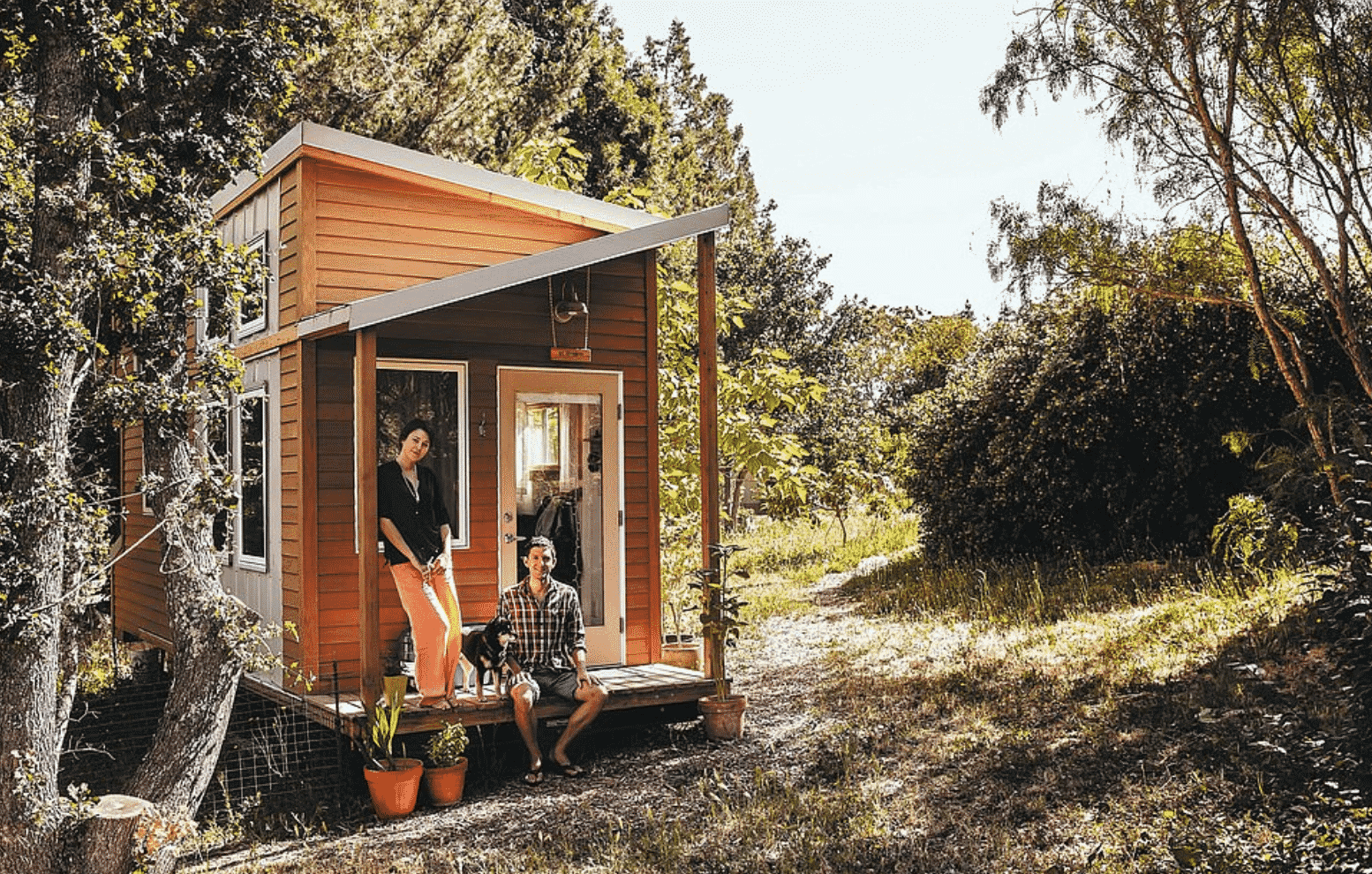
Tiny Houses & Minimalism
We all have stuff. And it does not take long to accumulate lots of stuff.
Minimalism means a shift in mindset. We leave behind a mindset of commercialism or needing more stuff. We adopt a mindset of making do with what is truly important and what brings us happiness.
According to a study published in the Journal Of Happiness, “moving for larger accommodation has no positive impact on subjective well being.” (source)
This is telling, because it shows that most people have been chasing the wrong dreams.
However, despite new studies showing the benefits of a minimalistic lifestyle and living within your means, this not a new idea.
After all, Henry David Thoreau embraced this mindset while writing Walden in 1854. However, as society has progressed, so has our perception of simplicity. Thoreau thought more of simplicity being self-sufficiency and doing without the material goods of his day.
We can embrace modern technology and be grateful that it makes our lives easier. At the same time, we still can reduce the number of material possessions and seek to live that “bigger,” more meaningful lifestyle.
What Is A Tiny House?
There is no hardcore definition for a tiny house, however, most tiny house builders will tell you that a tiny house is under 400 square feet.
The tiny house typically has a living area, kitchen, and bathroom. A sleeping loft is the norm and tiny houses for families often contain a small downstairs bedroom or sleeping nook for children. A home on the larger side might contain two sleeping lofts, one on each end.
A tiny house is typically made in a sustainable way using green building materials. This environmentally friendly way of building has come to epitomize the movement and attract persons who want to live a sustainable lifestyle.
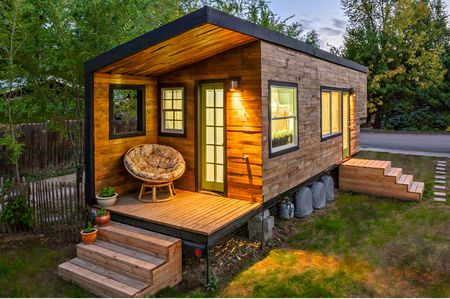
Why Are Tiny Houses So Popular?
Tiny houses allow you to embrace a way of life that embodies social responsibility and is fun and modern, so you can live the life you desire.
A tiny home meets your lifestyle. You can have your tiny house in an urban area close to jobs and entertainment. Or you may choose to be out in the woods communing with nature. Another choice is to have a mobile tiny house so you can travel and work remotely. The choice is yours.
When you think about the tiny house movement, you probably think of a tree-hugging environmentalist that has a tiny, off-grid home in the wilderness. And yes, there are many of those types of people.
However, there are also many millennials who have embraced the tiny house movement. While they care about the environment and want to make a difference, they also want to live a contemporary lifestyle. They embrace technology, adventure and being a part of their community.
In addition, many people continue to embrace the tiny house movement for financial reasons.
Tiny Houses & Green Building Techniques
Tiny houses are typically built using sustainable green building techniques. Many of them use SIP’s, recycled materials and alternative energy.
Tiny houses often have off-grid electricity, rainwater catchment systems, and composting toilets. But that doesn’t mean they are primitive.
In addition to being off the grid, many tiny homes are equipped with modern technology including WiFi, safety features controlled remotely via a smartphone, and smart appliances.
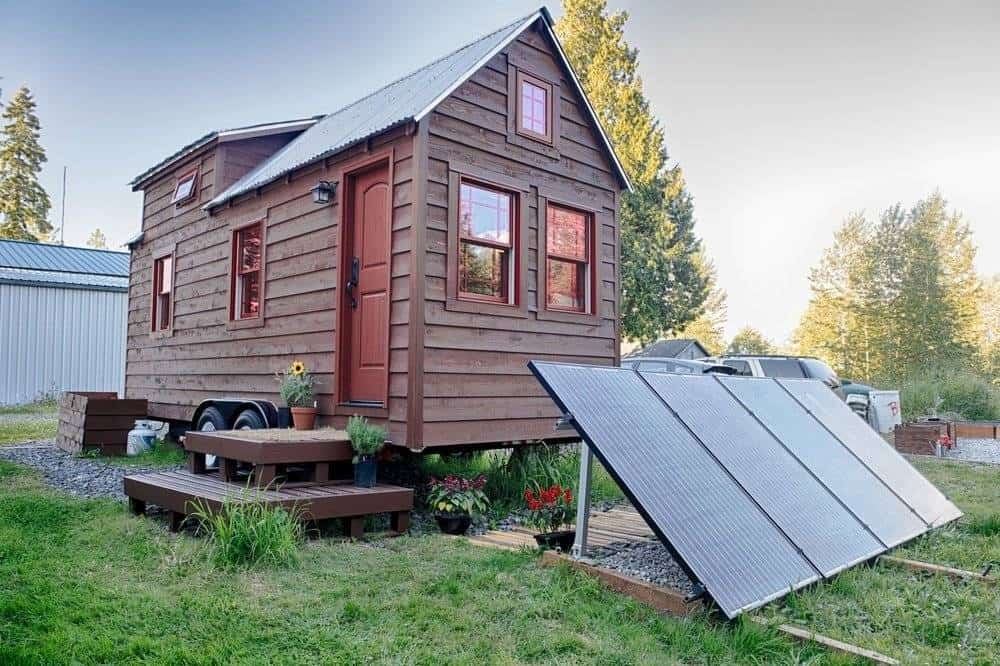
Do Tiny Houses Save Money?
Yes, tiny houses save money.
Their smaller design uses fewer materials, which means less money spent on building supplies. They are also quicker to build, so money is saved on manpower.
Continued Savings
Tiny houses continue to save money long after they are built.
They are more energy efficient and have lower heating, cooling, and electric bills.
Taxes and insurance costs are also lower.
Tiny houses have lower expenses for maintenance and are easier to upkeep and clean.
All this adds up to more free time for the owner, in addition to saving on expenses.
Surveys have shown that fewer tiny house owners have a mortgage.
In fact , 68% of tiny homeowners have no mortgage, compared to 29.3% of all U.S. homeowners.
This is most likely due to the fact that many tiny house homes are DIY built at least in part by their owners.
Many people who have joined the tiny house movement have been able to get out of debt and free up money that previously was used to pay bills.
This sense of financial freedom has attracted many people.
How Much Do Tiny Houses Cost?
Zillow reports that the average American home is approximately $199,000, or around $120 per square foot. And we all know that in some areas of the country, it is much higher.
The tiny home averages between $30,000 to $60,000, depending on if you are DIY or purchasing from a builder.
Tumbleweed, which is one of the largest builders of high-end tiny homes, starts their pricing at about $66,000.
Andrew Morrison explains how much you can save by switching to a tiny home in one of my favorite Ted Talks called “The Tiny House Movement.”
Renting Versus Owning
For years, the debate over renting versus buying has been a touchy subject. Rents have increased along with the price of new homes, leaving many people in a catch 22 position.
Tiny houses have been a popular way to buck this trend and allow people with little extra monies to be able to invest in their own home.
That smaller investment has made home ownership available for many people who otherwise were stuck in the rental trap.
Tiny Homes Impact Marginal Communities
Many people like to be part of a movement which has had such a positive impact on marginalized communities. One of the first tiny house communities was in response to Hurricane Katrina.
Tiny house communities have been formed to meet the needs of homeless persons and women fleeing abusive relationships.
Who Lives In A Tiny House?
For years, reporters and writers have tried to categorize the type of person who lives in a tiny house. At first, it was the environmentalist, then millennials, and now people in retirement.
But the truth is that the tiny house movement defies stereo typecasting. Many people, including the groups above, have joined the tiny house movement.
Young people have embraced the tiny house movement as a way to live a lifestyle that is meaningful. In addition, the sad news about our country is that education is so expensive. Many young people come out of college and into a competitive workforce with overwhelming debt.
A tiny house allows them to not be a slave to financial pressures, while having the income to pay off their debt. At the same time, it gives them the flexibility to pursue many of their life choices.
On the flip side of the coin, tiny houses are a growing option for many people facing retirement. After raising families and being part of the rat race, persons in their 50’s and 60’s are ready to declutter and live a more minimalist life.
Mobile Versus Permanent
The tiny home does something that most homes cannot. You can own a home, but not own the land where your home sits. This has opened the doors to a new revolution of home ownership.
Tiny Houses On Wheels (THOW) is the term used to describe a mobile tiny home. While you may be tempted to compare this to an RV – don’t. A THOW is built to be lived in for the long term. An RV is designed to be just that – a recreational vehicle.
Many THOWs are eight feet wide and twenty to twenty-four feet long. They do need to conform to transportation regulations on width, length, and height.
A THOW qualifies for a license in much the same way as an RV does and is free of zoning regulations, although some communities may have laws on how long a THOW may stay parked in any given location.
Interested in comparing mobile THOWs to permanent tiny houses? Check out our article on the pros and cons comparing them here.
Where To Start
If you’re new to the tiny house community, and don’t know where to start, I highly recommend starting small like taking a vacation in a tiny home to see if you like it.
Too many people try to go too big too early and get in over their heads. One of the most amazing options for tiny house vacations is with Getaway Houses. They have beautiful tiny house locations nestled in gorgeous, remote nature spots. I’ve done them myself and they are nothing short of amazing.


